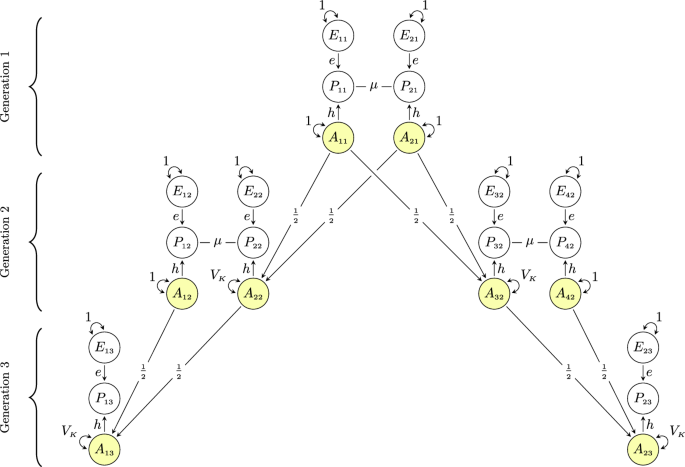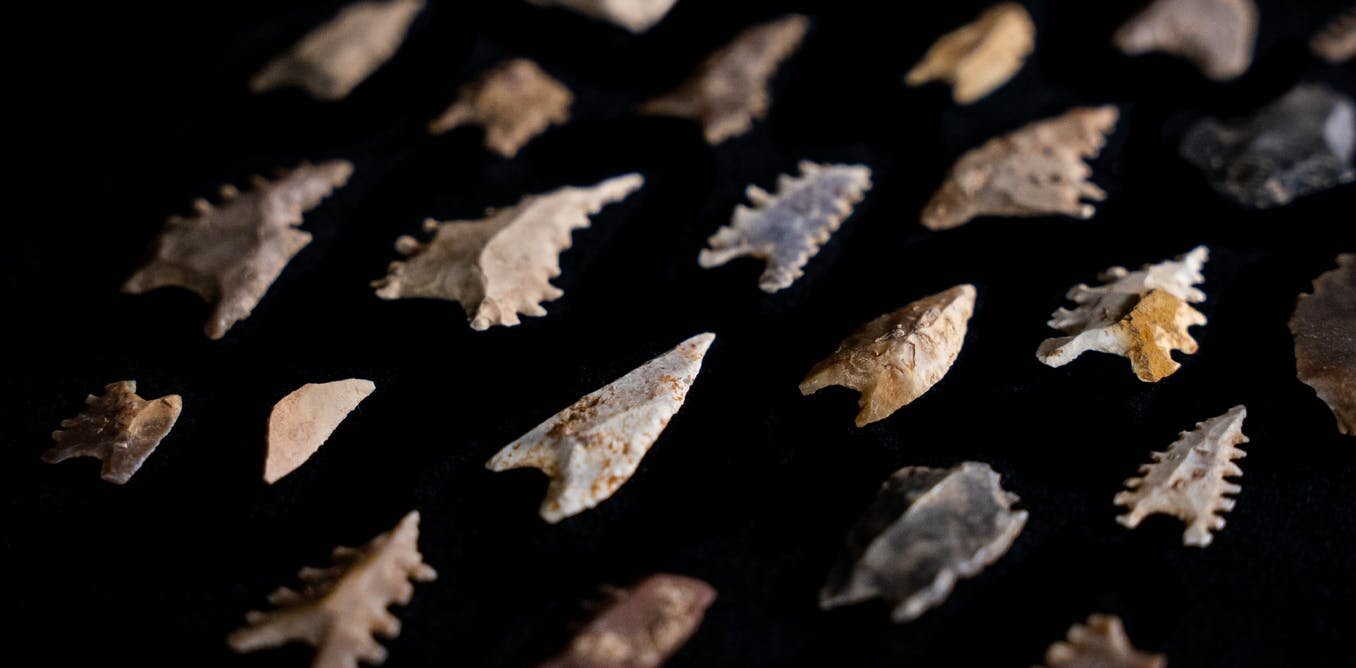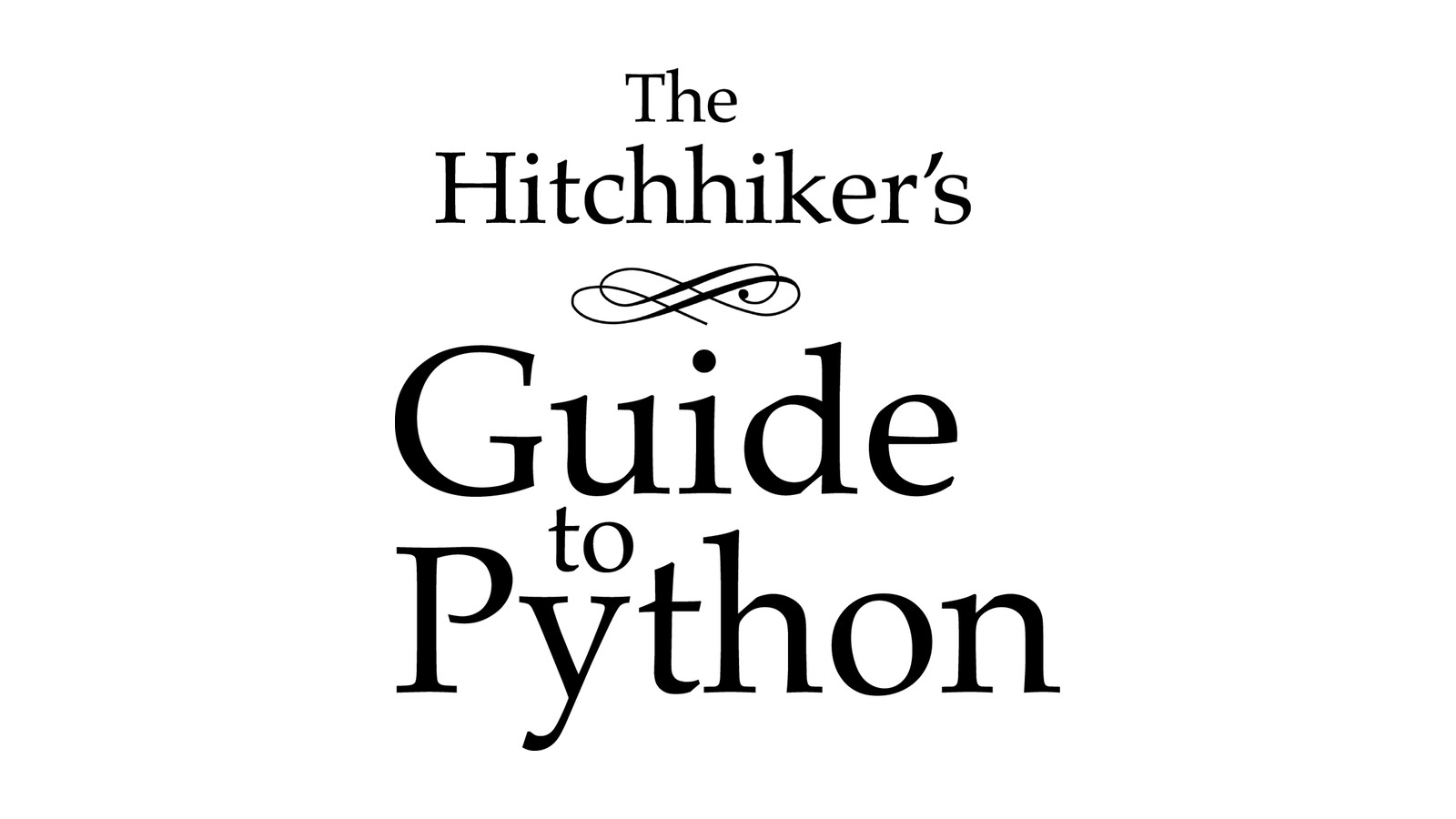
Genetic similarity between relatives provides evidence on the presence and history of assortative mating
Nature Communications volume 15, Article number: 2641 (2024 ) Cite this article
Assortative mating – the non-random mating of individuals with similar traits – is known to increase trait-specific genetic variance and genetic similarity between relatives. However, empirical evidence is limited for many traits, and the implications hinge on whether assortative mating has started recently or many generations ago. Here we show theoretically and empirically that genetic similarity between relatives can provide evidence on the presence and history of assortative mating. First, we employed path analysis to understand how assortative mating affects genetic similarity between family members across generations, finding that similarity between distant relatives is more affected than close relatives. Next, we correlated polygenic indices of 47,135 co-parents from the Norwegian Mother, Father, and Child Cohort Study (MoBa) and found genetic evidence of assortative mating in nine out of sixteen examined traits. The same traits showed elevated similarity between relatives, especially distant relatives. Six of the nine traits, including educational attainment, showed greater genetic variance among offspring, which is inconsistent with stable assortative mating over many generations. These results suggest an ongoing increase in familial similarity for these traits. The implications of this research extend to genetic methodology and the understanding of social and economic disparities.
Assortative mating – the non-random pairing of individuals with similar traits – has long been a challenging topic of interest across various fields, including genetics1,2,3,4,5,6,7,8,9, sociology10,11,12, and economics13,14. Consequences of assortative mating are wide-ranging, affecting topics such as genetic research methods15,16, relationship quality10,17,18, and the perpetuation of social and economic inequalities10,13,14. Although partner similarity have been documented for numerous characteristics15,16,19, it remains uncertain to what extent these similarities result from assortative mating or other processes, such as convergence over time18,20. Hence, the genetic consequences are unknown. Recent advances in data availability have enabled empirical investigation into the genetic consequences of assortative mating, wherein two are of key interest: First, partners should exhibit genetic similarity for assorted traits; and second, genetic similarity between relatives should increase for the assorted traits in subsequent generations1,2,3. In this paper, we aim to: 1) clarify the theoretical consequences of assortative mating on genetic similarity in extended families; 2) use polygenic indices to assess trait-specific genetic similarity between partners for a range of psychosocial, anthropometric, and health-related traits; 3) investigate whether these traits also exhibit increased genetic similarity among relatives; and 4) use the observed genetic similarity in mother-father-child trios to investigate the stability of assortative mating over many generations.
Leave a Comment
Related Posts










.jpg)











